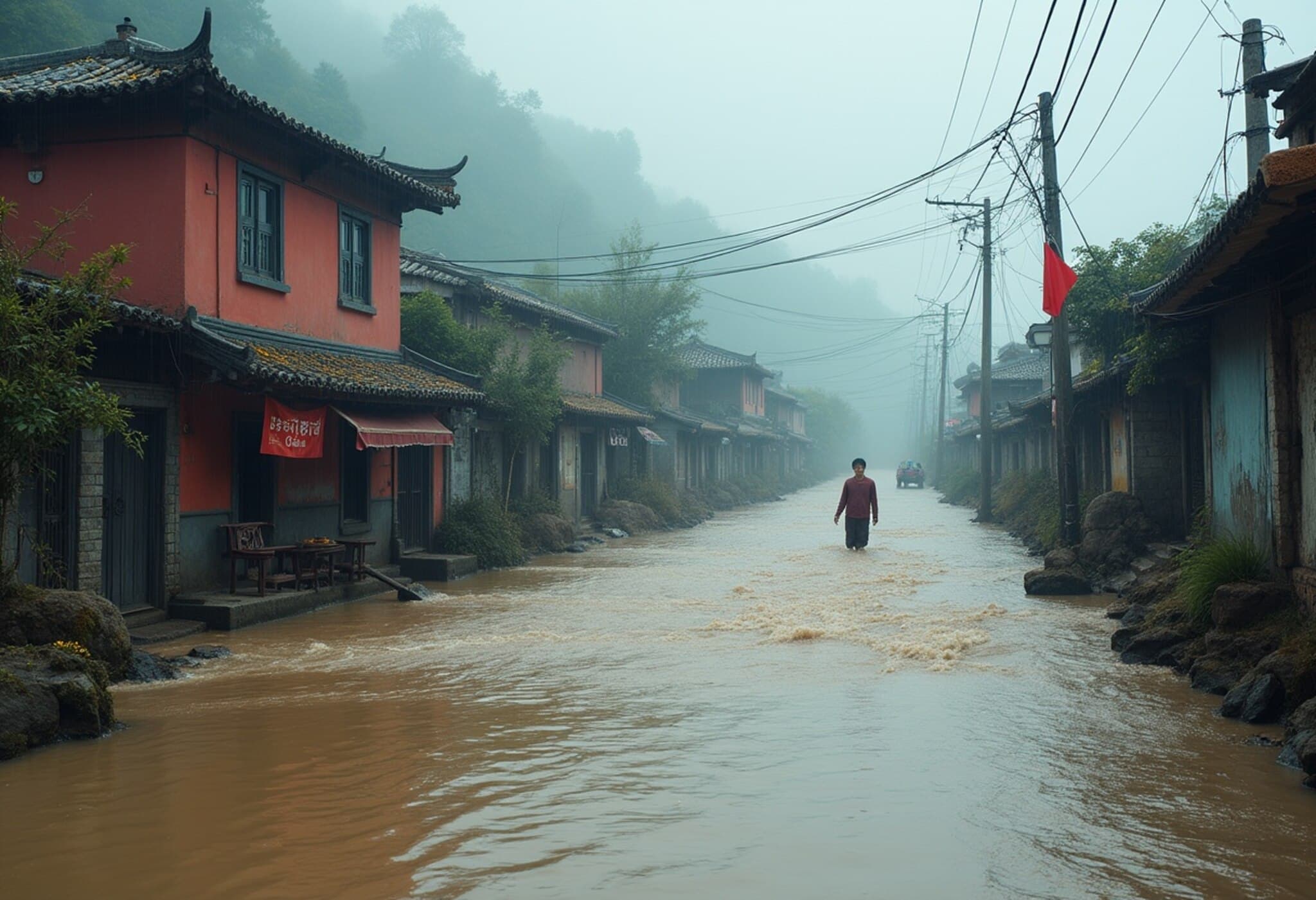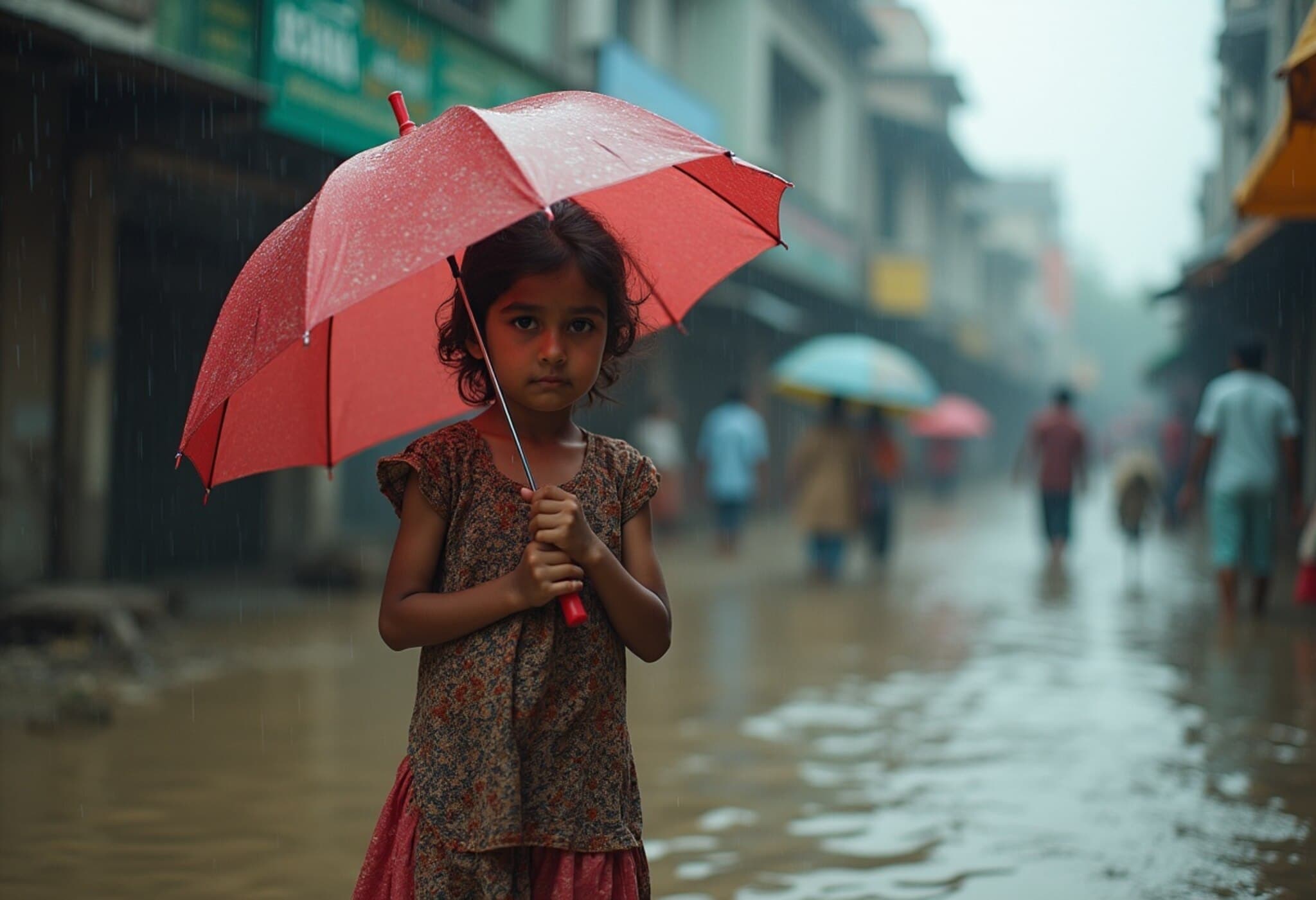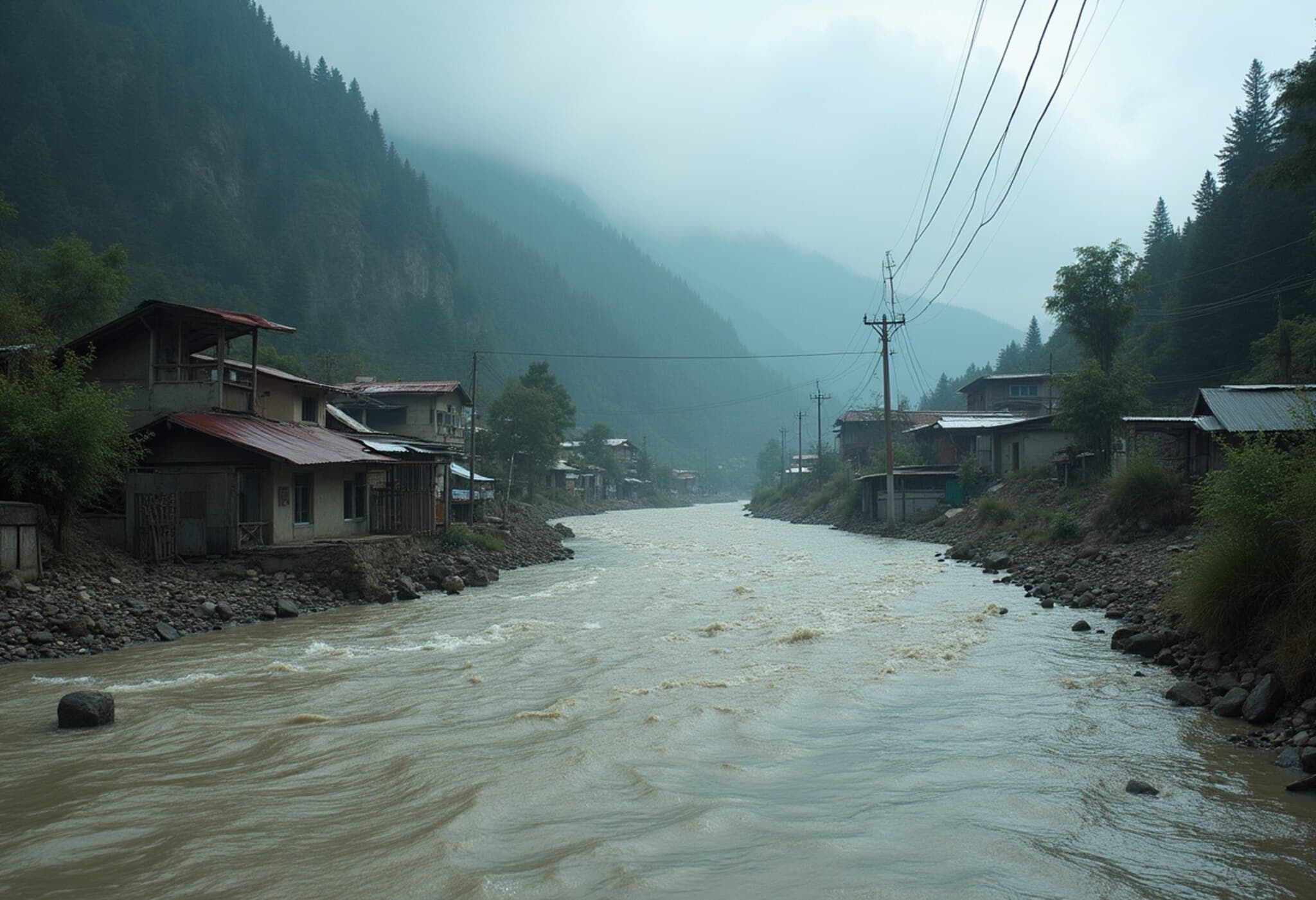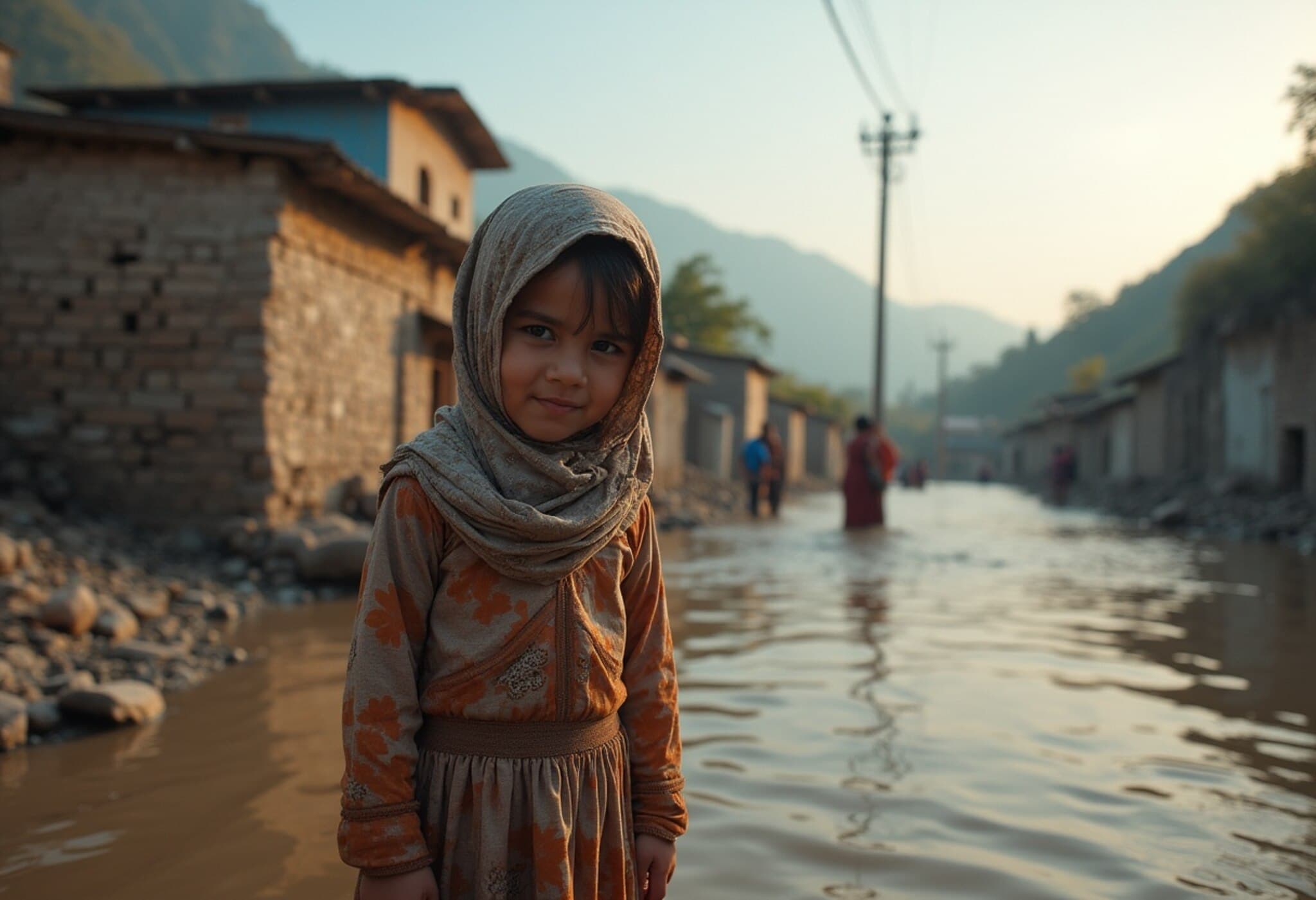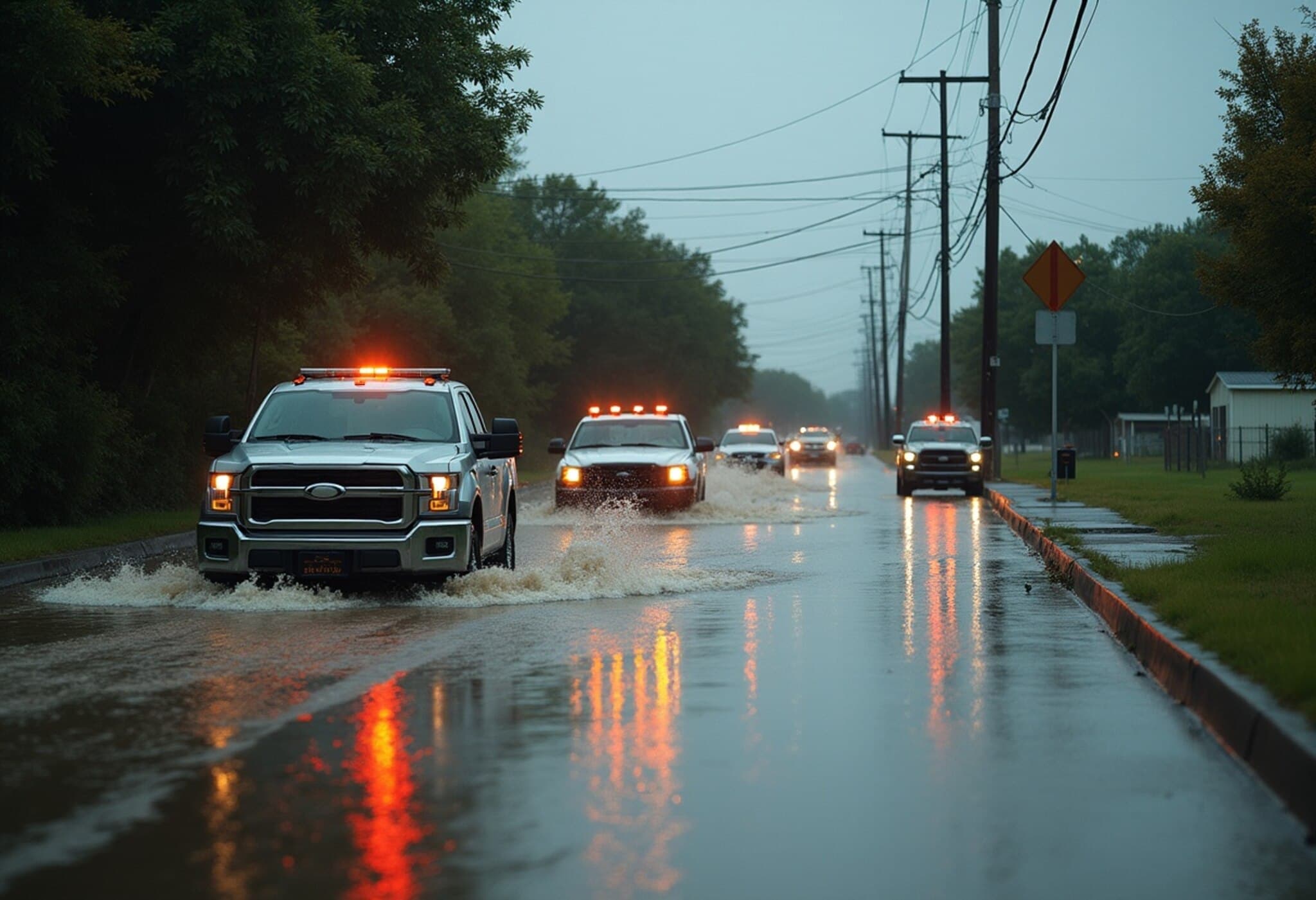Deadly Flash Floods Engulf Gansu Province Amid Relentless Rainfall
Severe flash floods caused by relentless heavy rains have wreaked havoc across northwestern China's Gansu province, claiming the lives of at least 10 people while leaving 33 others missing. The disaster has plunged several communities into turmoil, highlighting the increasing vulnerability of the region to extreme weather events that are becoming more frequent in recent years.
President Xi Jinping Calls for Urgent Rescue and Enhanced Disaster Preparedness
In response to the unfolding crisis, Chinese President Xi Jinping has emphatically urged emergency responders and local authorities to mount the strongest possible rescue efforts. He stressed the necessity of overcoming complacency in disaster preparedness, pointing to the growing threat posed by climate change and its role in driving more frequent and severe weather catastrophes across the country.
Current Rescue and Relief Efforts
Emergency teams are actively engaged in search and rescue operations, navigating treacherous floodwaters to locate and assist those trapped or stranded. State broadcaster CCTV and local fire departments have shared gripping footage on social media, depicting rescuers helping residents traverse fast-moving, murky floodwaters. Meanwhile, provincial authorities have reported widespread damage including blocked and eroded roadways, hampering relief distributions and mobility.
Regional History and Meteorological Context
Gansu province, characterized by its rugged mountainous terrain, is no stranger to flash floods and landslides, especially during the summer monsoon season. This latest flood event — triggered by continuous heavy rainfall starting on August 7 — comes on the heels of another deadly downpour in Beijing last month that resulted in 44 fatalities. The provincial meteorological department continues to warn of persistent rainfall, urging residents to exercise caution and adhere to official safety guidance as flood risks remain high.
Climate Change: A Worsening Threat Amplifying China's Weather Extremes
Experts increasingly link these devastating floods to broader climate trends. China, which is currently the world's largest emitter of greenhouse gases, faces a paradoxical challenge. While grappling with worsening natural disasters such as floods, heatwaves, and landslides, it simultaneously leads global efforts in renewable energy development. The Chinese government has set ambitious targets aiming for carbon neutrality by 2060 — a commitment crucial in mitigating long-term climate risk.
Unfolding Human and Environmental Stories Often Overlooked
While casualty numbers and damage assessments dominate headlines, a deeper narrative exists. The ongoing floods disrupt livelihoods, agriculture, and local economies in a province that is already socioeconomically vulnerable. Furthermore, environmental degradation linked to deforestation and land mismanagement exacerbates flood impacts. This raises critical questions about sustainable development practices in flood-prone regions and whether current disaster mitigation strategies are sufficiently robust.
Looking Forward: Lessons and Policy Implications
- Strengthening Early Warning Systems: Enhanced meteorological infrastructure and real-time alerts can save lives by providing communities with precious preparation time.
- Disaster Preparedness Education: Building public awareness around flood risks and evacuation procedures is essential to reduce casualties.
- Integrating Climate Adaptation into Infrastructure: Urban and rural planning must incorporate resilience measures against increasingly volatile weather.
- Addressing Environmental Degradation: Protecting watersheds and restoring natural buffers can reduce flood severity.
Expert Insight
Dr. Mei Ling, a climate policy analyst based in Beijing, explains: "The increasing frequency of flash floods in regions like Gansu is a stark indicator of climate change effects impacting vulnerable landscapes. China's dual role as a major emitter and a leader in renewable energy presents both a challenge and an opportunity. Mitigating future disasters requires intertwining robust environmental policies with proactive social planning, emphasizing equity for marginalized communities who often bear the brunt of such calamities."
Summary
The recent flash floods in Gansu expose the harsh reality of climate vulnerability faced by many parts of China. As heavy rains continue to challenge emergency response systems, the necessity for comprehensive, forward-looking disaster management strategies becomes clearer than ever. These events underscore the human costs of environmental shifts and the urgent need for integrated climate resilience and sustainable development policies.

